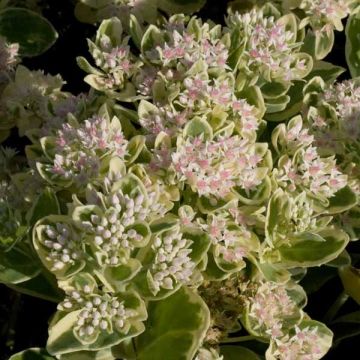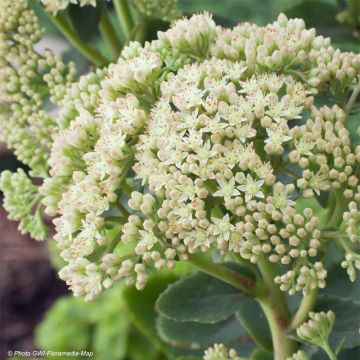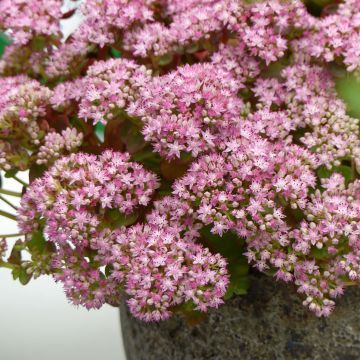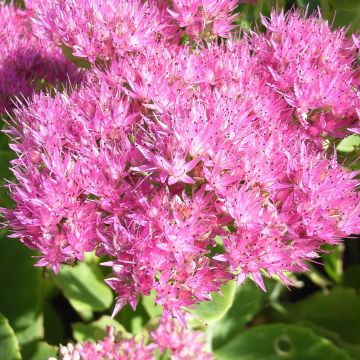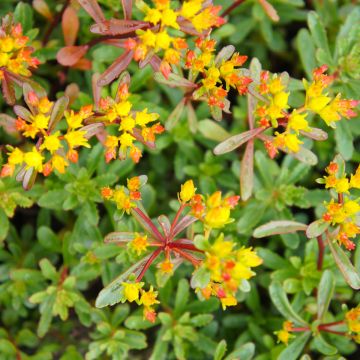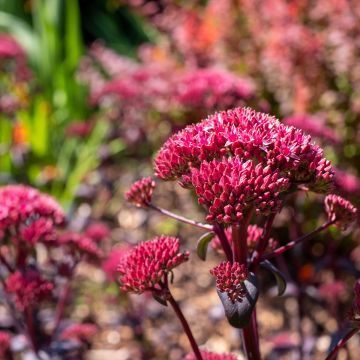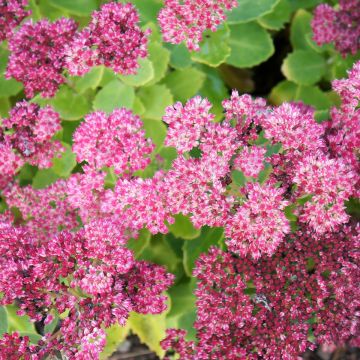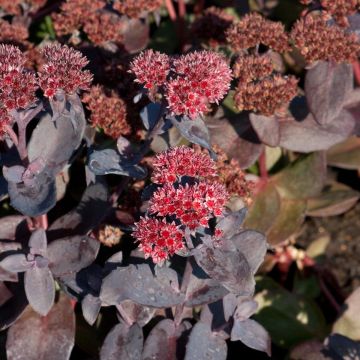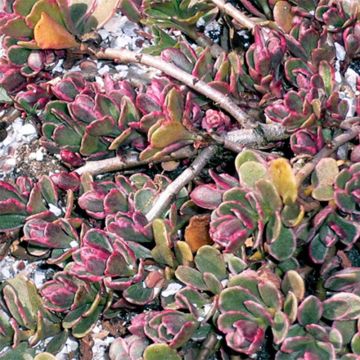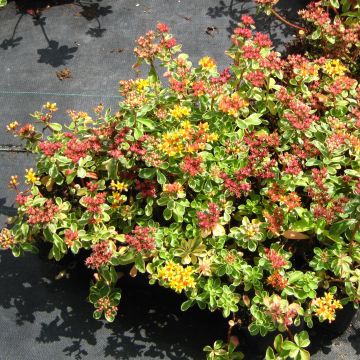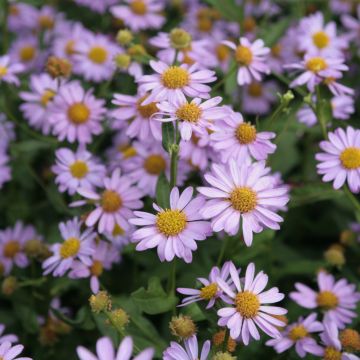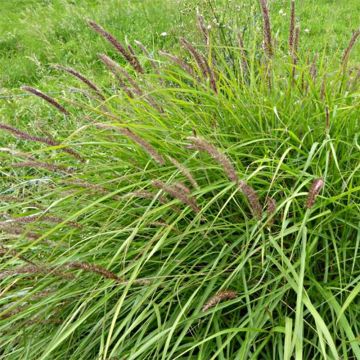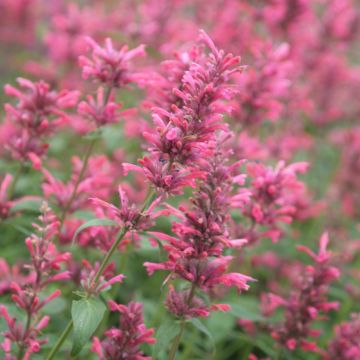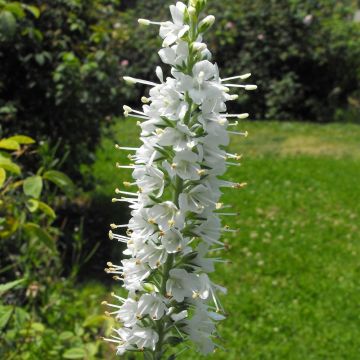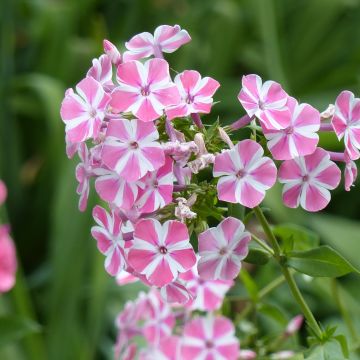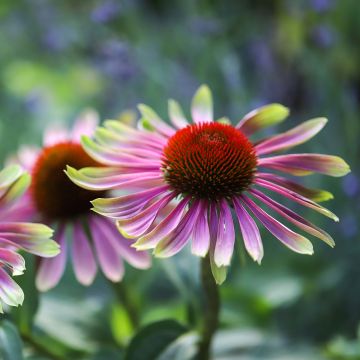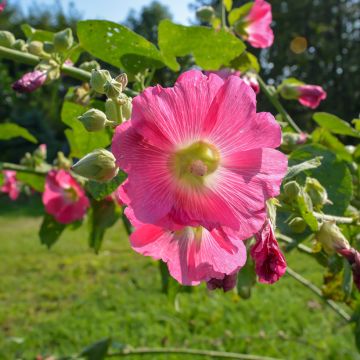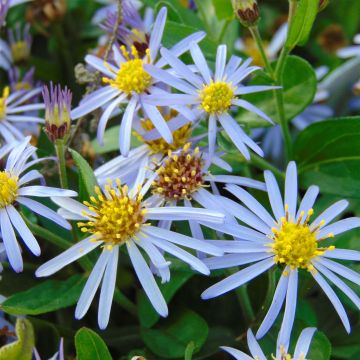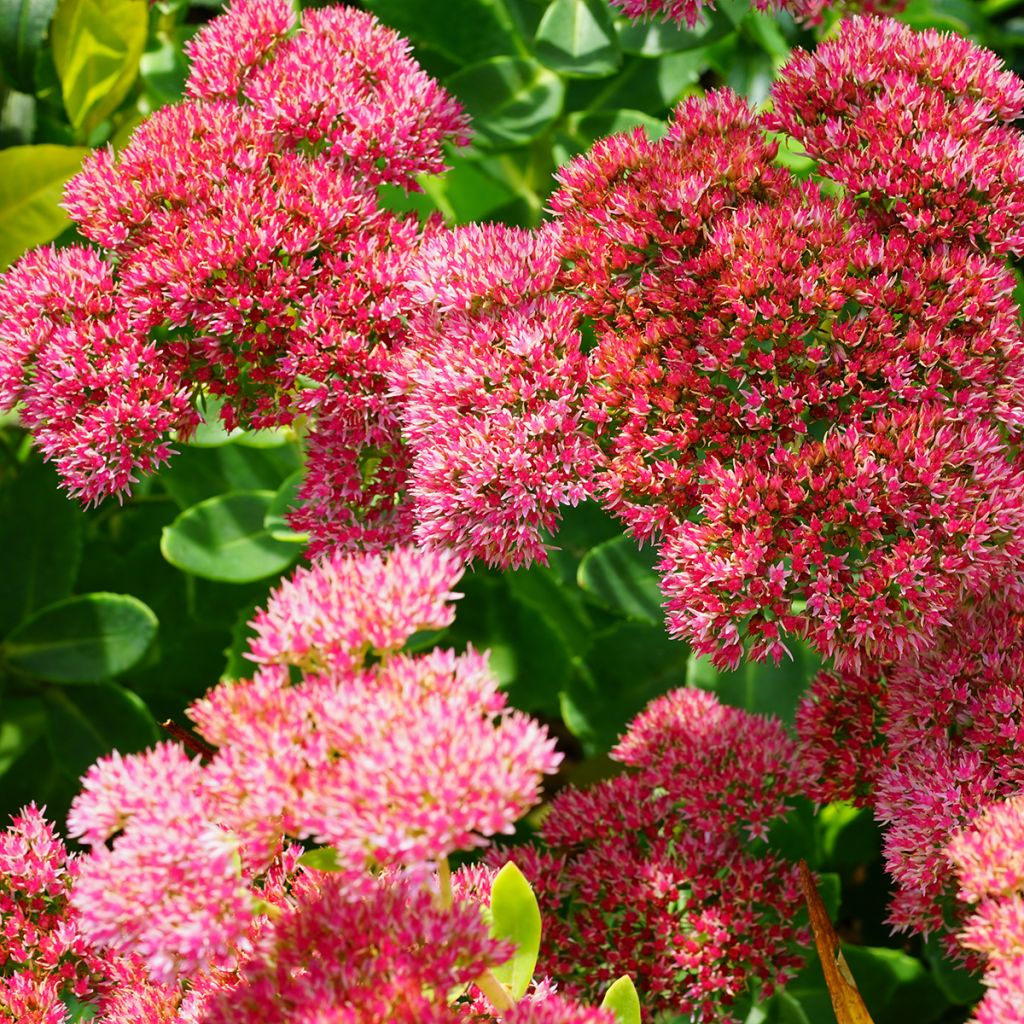

Sedum Herbstfreude - Autumn Stonecrop
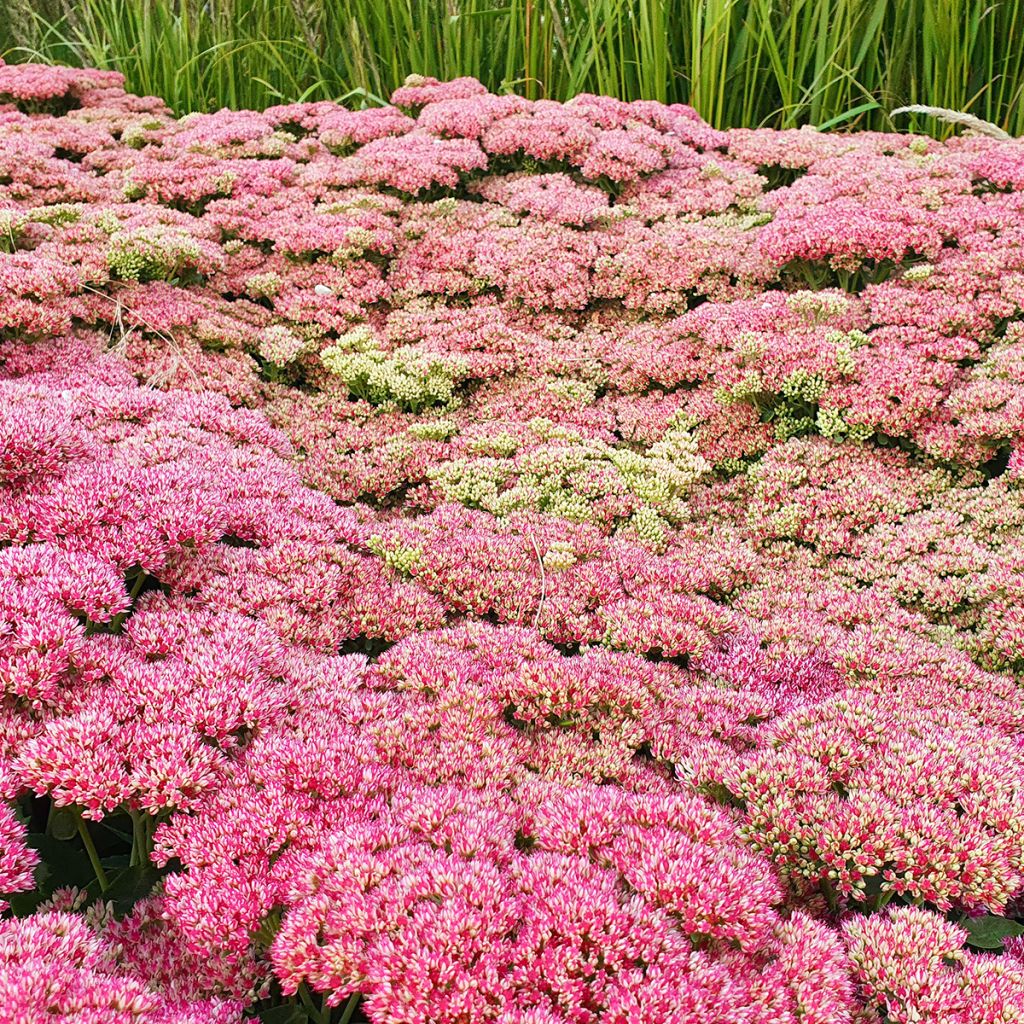

Sedum Herbstfreude - Autumn Stonecrop
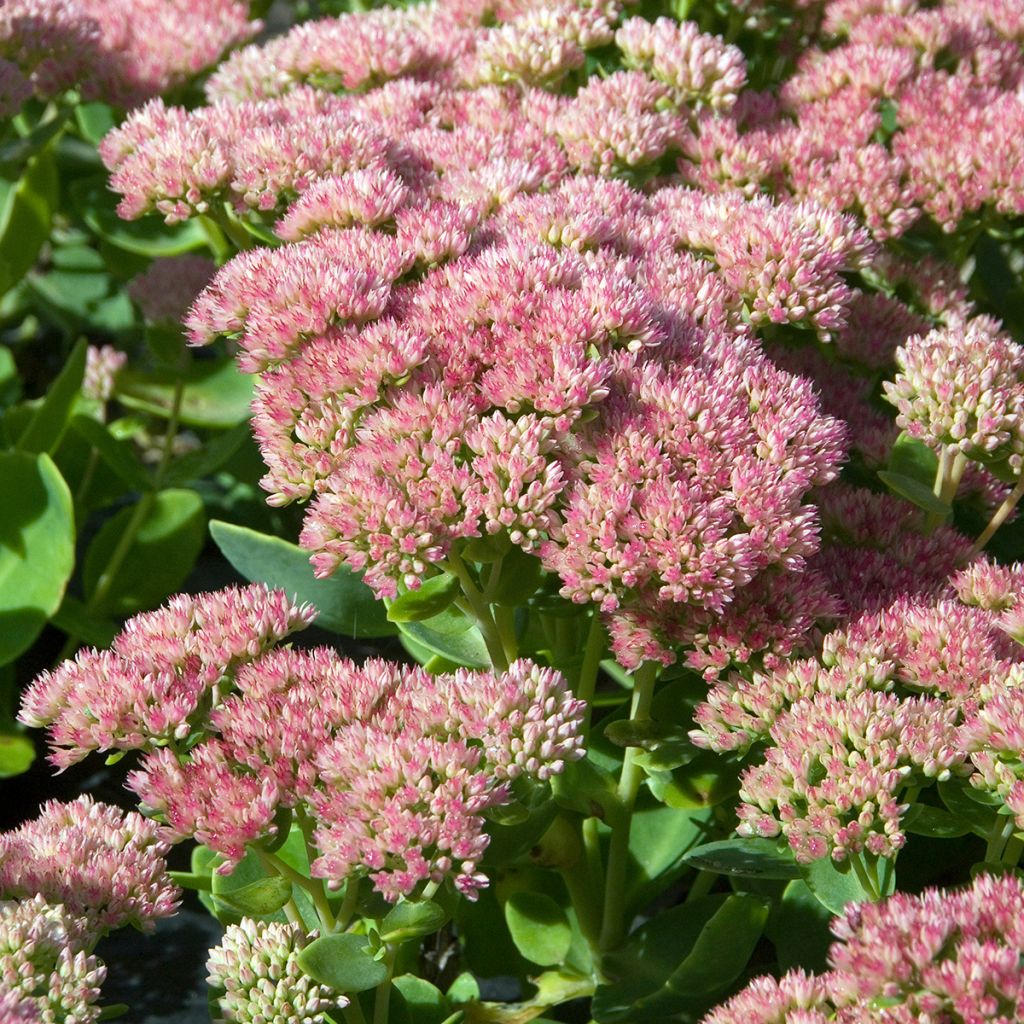

Sedum Herbstfreude - Autumn Stonecrop
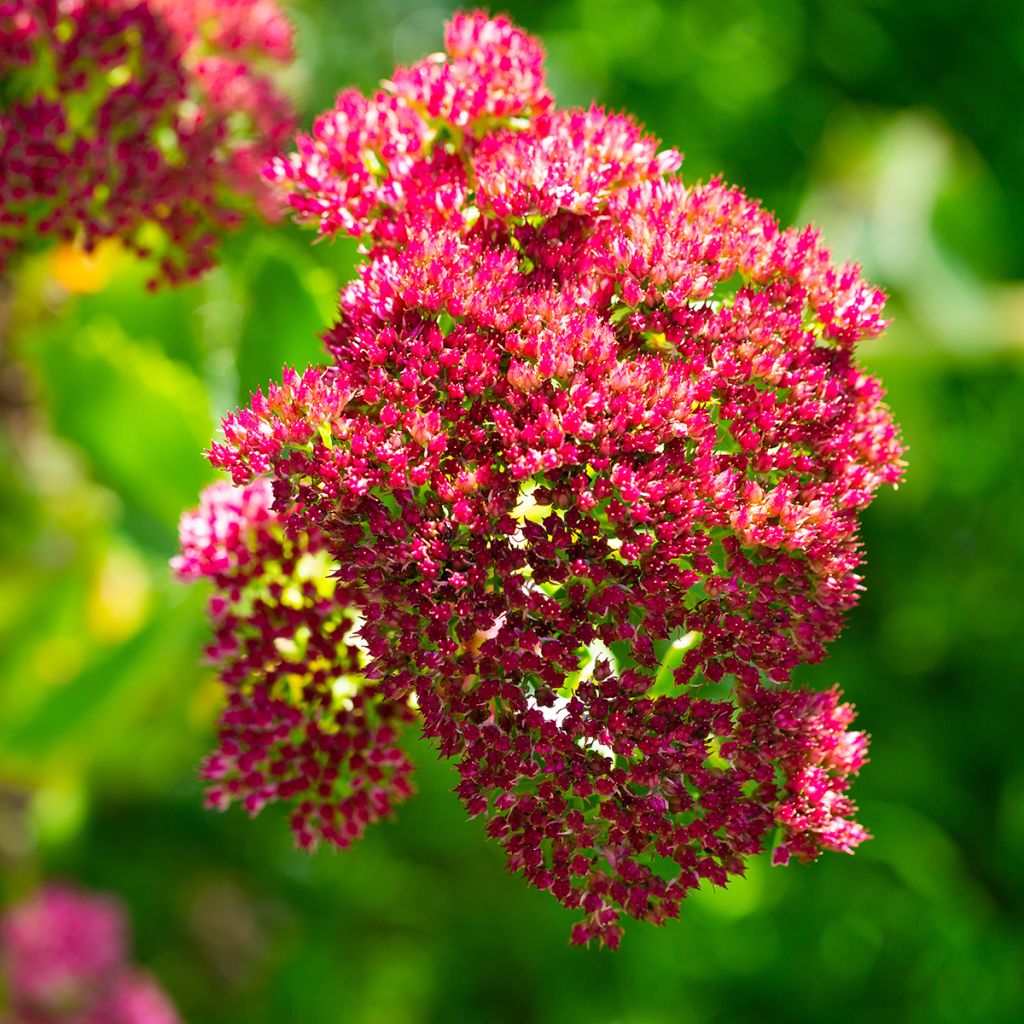

Sedum Herbstfreude - Autumn Stonecrop
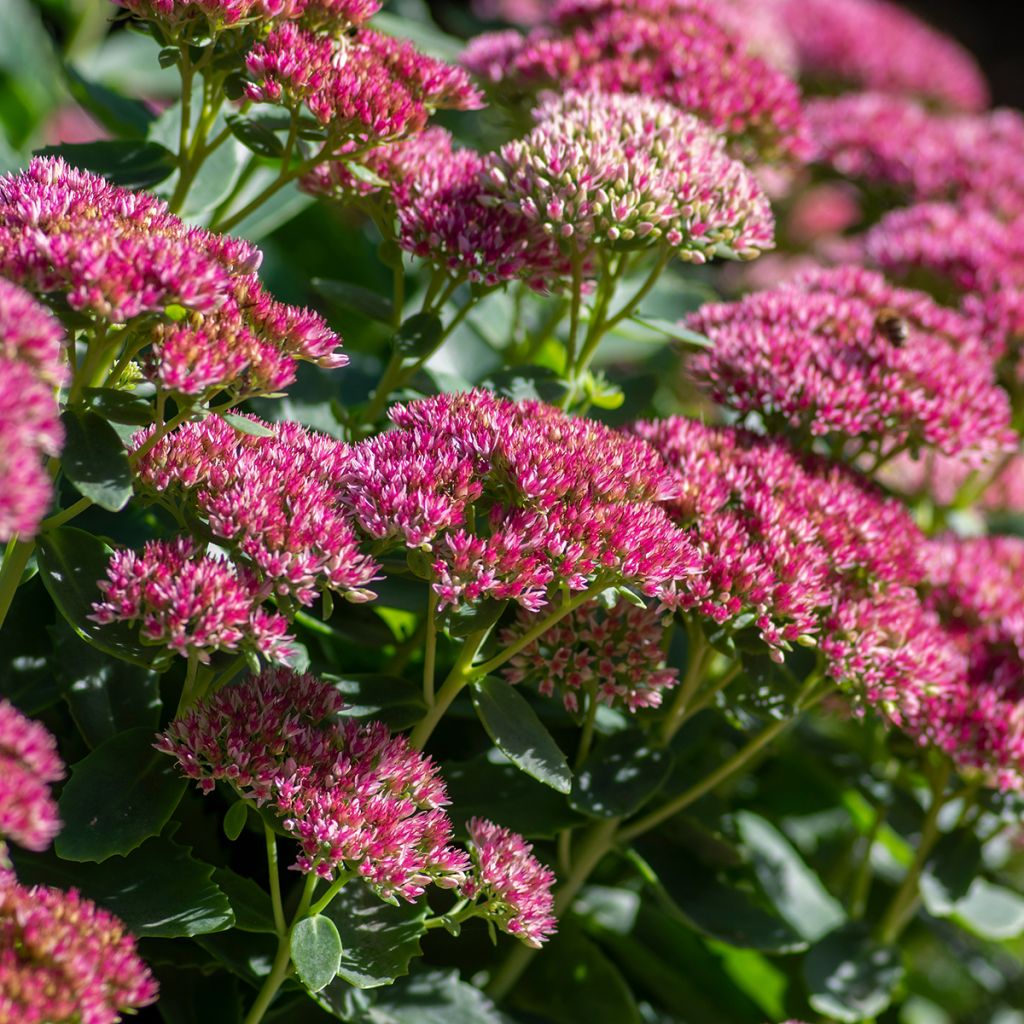

Sedum Herbstfreude - Autumn Stonecrop
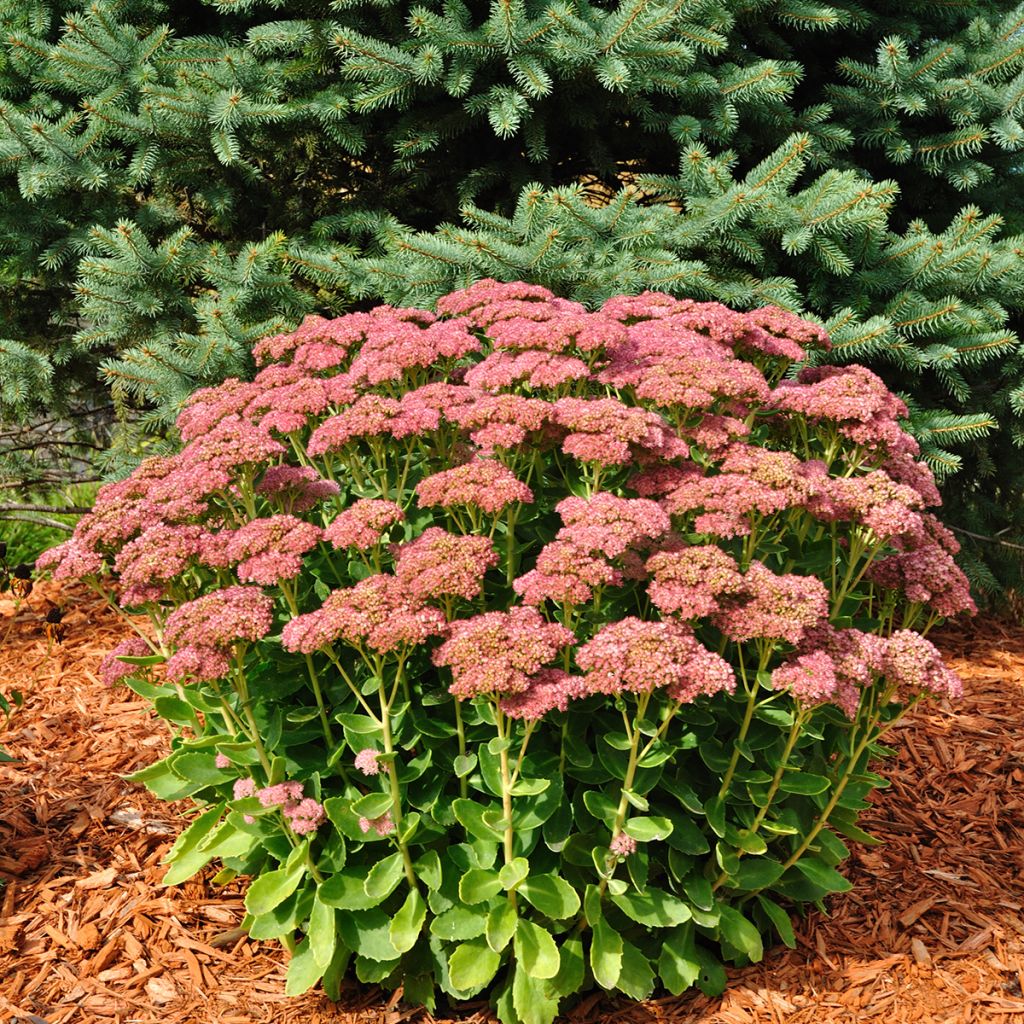

Sedum Herbstfreude - Autumn Stonecrop
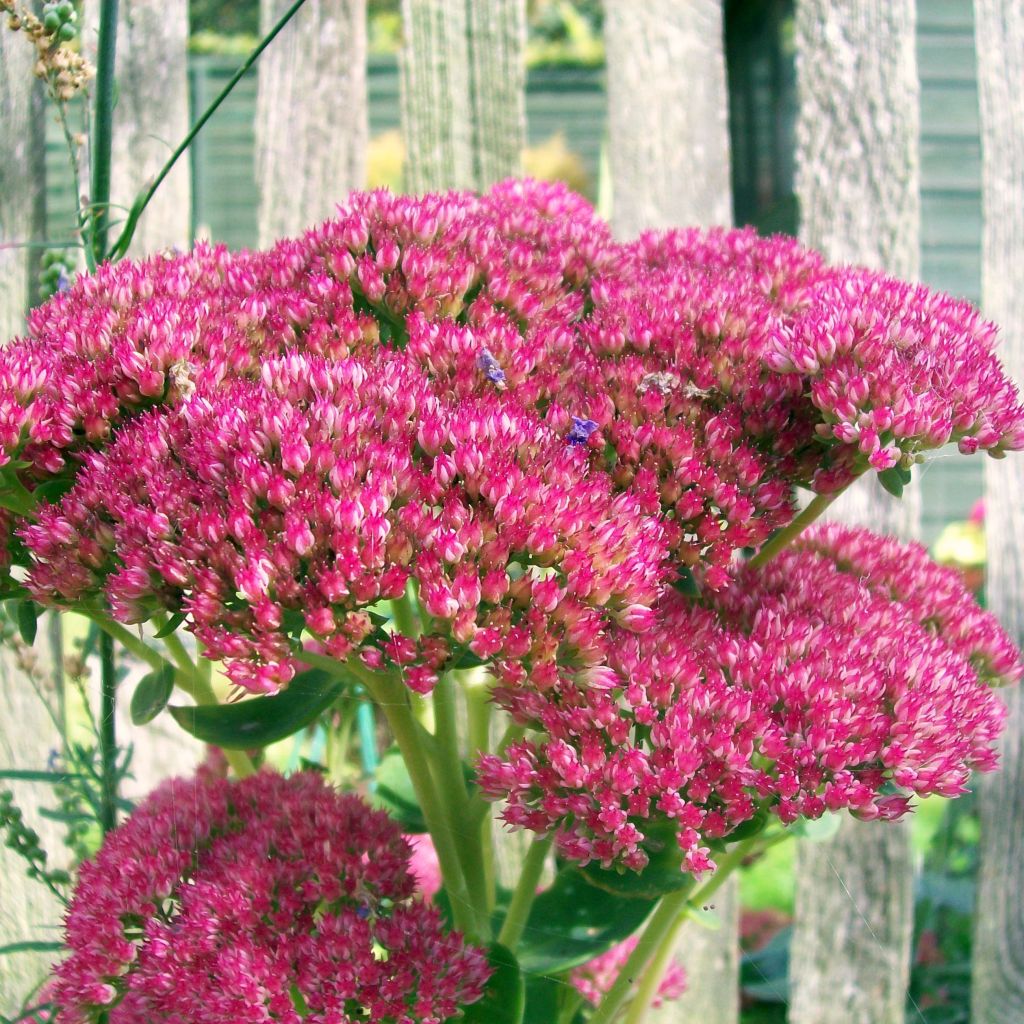

Sedum Herbstfreude - Autumn Stonecrop
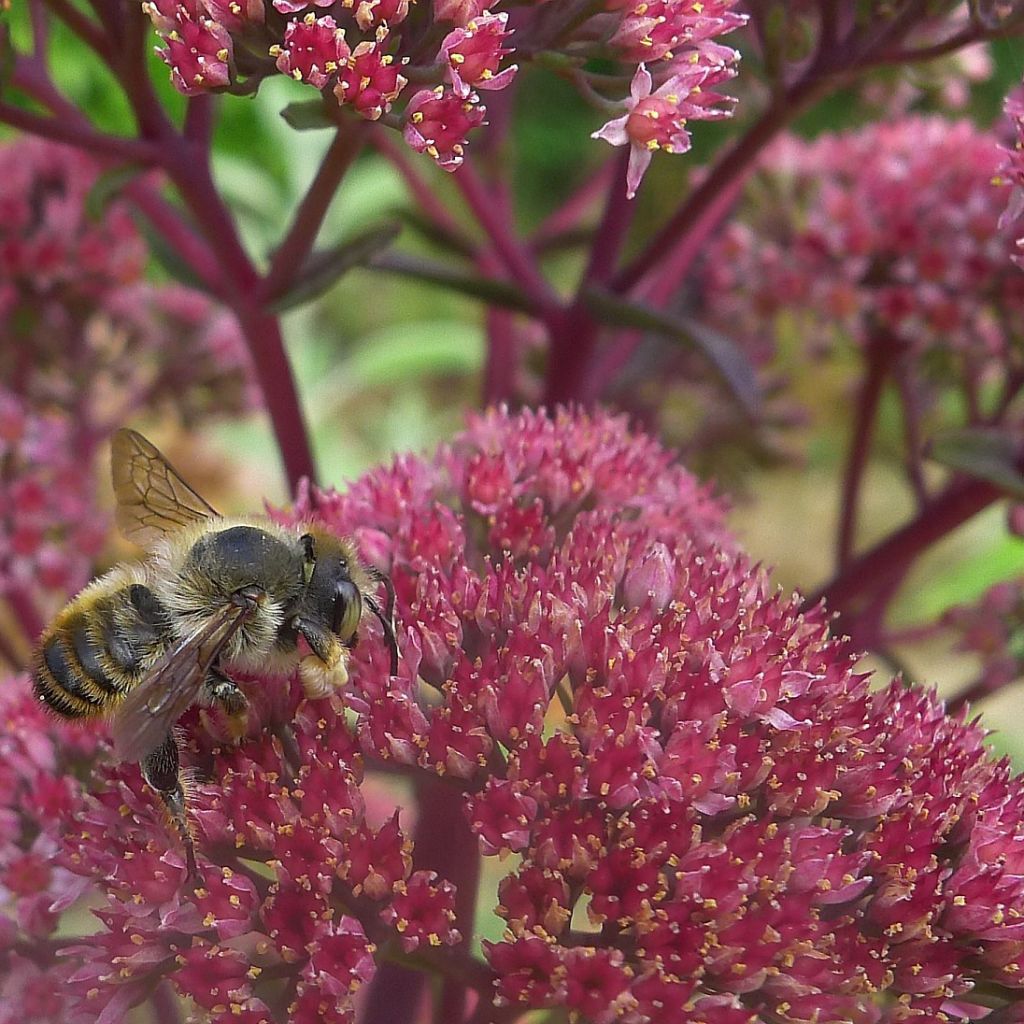

Sedum Herbstfreude - Autumn Stonecrop
Sedum Herbstfreude - Autumn Stonecrop
Sedum Herbstfreude = Autumn Joy
Autumn Stonecrop
This item cannot be shipped to the selected country
Delivery charge from €5.90
Delivery charge from €5.90
Delivery charge from €5.90
Delivery charge from €5.90
More information
Schedule delivery date,
and select date in basket
This plant carries a 12 months recovery warranty
More information
We guarantee the quality of our plants for a full growing cycle, and will replace at our expense any plant that fails to recover under normal climatic and planting conditions.
From €5.90 for pickup delivery and €6.90 for home delivery
Express home delivery from €8.90.
From €5.90 for pickup delivery and €6.90 for home delivery
Express home delivery from €8.90.
From €5.90 for pickup delivery and €6.90 for home delivery
Express home delivery from €8.90.
From €5.90 for pickup delivery and €6.90 for home delivery
Express home delivery from €8.90.

Does this plant fit my garden?
Set up your Plantfit profile →
Description
The Sedum 'Autumn Joy' or Autumn Stonecrop is a succulent plant that is easy to care for. It has beautiful bluish-green foliage in spring and yellow-orange foliage in autumn. Its abundant and dense dark red or wine-coloured flowering becomes brownish in late autumn—a perfect companion plant for dahlias and wormwoods.
Formerly called Sedum 'Autumn Joy', Sedum 'Autumn Stonecrop' is a cross between Sedum telephium and Sedum spectabile. Although considered an old hybrid, it retains all its freshness and interest in the garden.
Sedum 'Autumn Stonecrop' is a perennial plant that grows in clumps of erect stems, reaching up to 50 cm (19.7 in) in height and 40 cm (15.7 in) in width. As part of the more prominent Stonecrop family, its upright green stems bear semi-evergreen, pedunculate, thick, fleshy leaves arranged oppositely. They are bluish-green in colour and have an oval-oblong shape with undulate and serrated margins. In autumn, its succulent foliage will take on yellow-orange autumnal colours. It has a late flowering period from August to October, consisting of densely packed clusters of tiny flowers that start dark red and evolve into wine-coloured brown throughout autumn. These corymbs (clusters) at the tops of the stems will completely cover the plant, creating a carpet of flowers that will attract bees and birds.
Easy to grow and highly hardy (-20°C), it has one weakness: it is sensitive to moist soils during winter. It prefers a sunny position but can adapt to hot and dry climates and tolerate partial shade for part of the day in well-drained, dry to moist, slightly alkaline or acidic soils.
Its decorative appearance for an extended period allows it to enhance flower beds with wormwoods, dahlias, or hebes, as well as mixed borders with grasses such as stipas or fescues.
Did you know? Stonecrops were once medicinal plants for treating burns, cuts, and haemorrhages.
To keep your plant healthy, it is recommended to divide it every 3 to 4 years, either in spring or after flowering. This will rejuvenate the plant and prevent the central stems from disappearing. Another way to propagate the plant is through cuttings. However, as stonecrops are a preferred food source for deer, make sure to protect them if you have any visiting your garden.
Report an error about the product description
Sedum Herbstfreude - Autumn Stonecrop in pictures
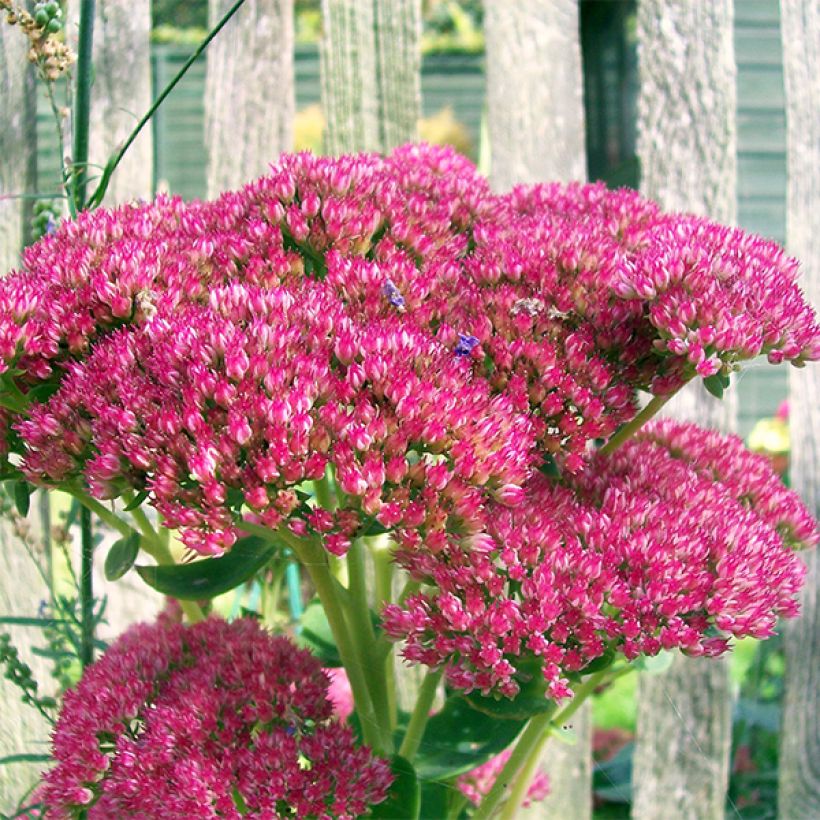

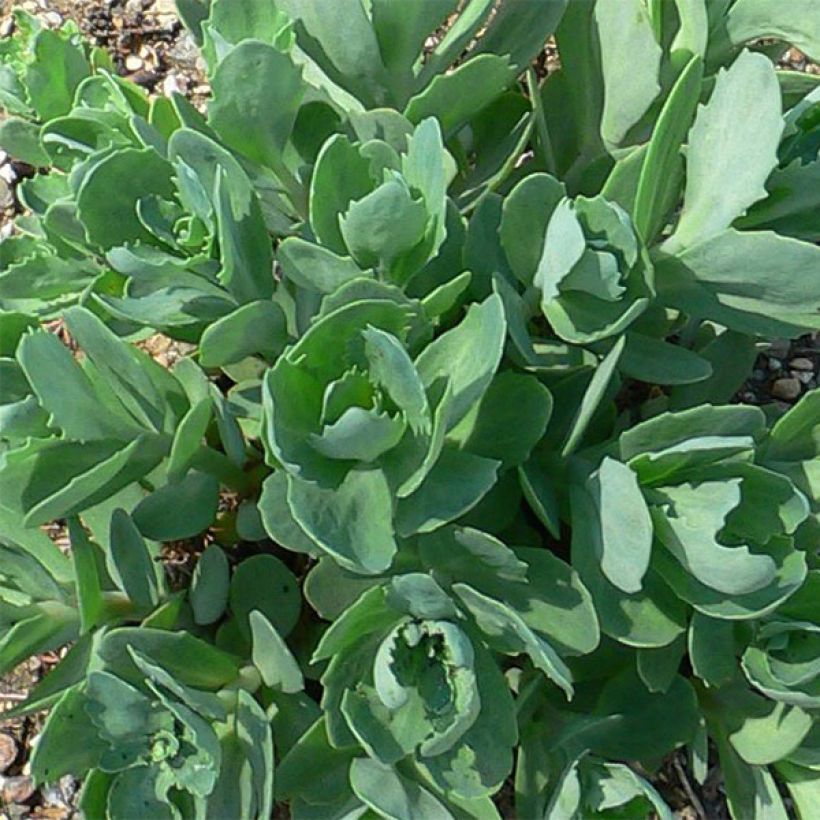



Flowering
Foliage
Plant habit
Botanical data
Sedum
Herbstfreude = Autumn Joy
Crassulaceae
Autumn Stonecrop
Cultivar or hybrid
Other Sedum
Planting and care
Excessive moisture is the only thing that this particular thing fears. It thrives in dry soil but can also tolerate moist soil, making it versatile. It is a great addition to an autumn flower bed and pairs well with Chrysanthemums, asters, dahlias, artemisias, grasses, and other similar plants.
Planting period
Intended location
Care
-
, onOrder confirmed
Reply from on Promesse de fleurs
Cottage garden perennials
Haven't found what you were looking for?
Hardiness is the lowest winter temperature a plant can endure without suffering serious damage or even dying. However, hardiness is affected by location (a sheltered area, such as a patio), protection (winter cover) and soil type (hardiness is improved by well-drained soil).

Photo Sharing Terms & Conditions
In order to encourage gardeners to interact and share their experiences, Promesse de fleurs offers various media enabling content to be uploaded onto its Site - in particular via the ‘Photo sharing’ module.
The User agrees to refrain from:
- Posting any content that is illegal, prejudicial, insulting, racist, inciteful to hatred, revisionist, contrary to public decency, that infringes on privacy or on the privacy rights of third parties, in particular the publicity rights of persons and goods, intellectual property rights, or the right to privacy.
- Submitting content on behalf of a third party;
- Impersonate the identity of a third party and/or publish any personal information about a third party;
In general, the User undertakes to refrain from any unethical behaviour.
All Content (in particular text, comments, files, images, photos, videos, creative works, etc.), which may be subject to property or intellectual property rights, image or other private rights, shall remain the property of the User, subject to the limited rights granted by the terms of the licence granted by Promesse de fleurs as stated below. Users are at liberty to publish or not to publish such Content on the Site, notably via the ‘Photo Sharing’ facility, and accept that this Content shall be made public and freely accessible, notably on the Internet.
Users further acknowledge, undertake to have ,and guarantee that they hold all necessary rights and permissions to publish such material on the Site, in particular with regard to the legislation in force pertaining to any privacy, property, intellectual property, image, or contractual rights, or rights of any other nature. By publishing such Content on the Site, Users acknowledge accepting full liability as publishers of the Content within the meaning of the law, and grant Promesse de fleurs, free of charge, an inclusive, worldwide licence for the said Content for the entire duration of its publication, including all reproduction, representation, up/downloading, displaying, performing, transmission, and storage rights.
Users also grant permission for their name to be linked to the Content and accept that this link may not always be made available.
By engaging in posting material, Users consent to their Content becoming automatically accessible on the Internet, in particular on other sites and/or blogs and/or web pages of the Promesse de fleurs site, including in particular social pages and the Promesse de fleurs catalogue.
Users may secure the removal of entrusted content free of charge by issuing a simple request via our contact form.
The flowering period indicated on our website applies to countries and regions located in USDA zone 8 (France, the United Kingdom, Ireland, the Netherlands, etc.)
It will vary according to where you live:
- In zones 9 to 10 (Italy, Spain, Greece, etc.), flowering will occur about 2 to 4 weeks earlier.
- In zones 6 to 7 (Germany, Poland, Slovenia, and lower mountainous regions), flowering will be delayed by 2 to 3 weeks.
- In zone 5 (Central Europe, Scandinavia), blooming will be delayed by 3 to 5 weeks.
In temperate climates, pruning of spring-flowering shrubs (forsythia, spireas, etc.) should be done just after flowering.
Pruning of summer-flowering shrubs (Indian Lilac, Perovskia, etc.) can be done in winter or spring.
In cold regions as well as with frost-sensitive plants, avoid pruning too early when severe frosts may still occur.
The planting period indicated on our website applies to countries and regions located in USDA zone 8 (France, United Kingdom, Ireland, Netherlands).
It will vary according to where you live:
- In Mediterranean zones (Marseille, Madrid, Milan, etc.), autumn and winter are the best planting periods.
- In continental zones (Strasbourg, Munich, Vienna, etc.), delay planting by 2 to 3 weeks in spring and bring it forward by 2 to 4 weeks in autumn.
- In mountainous regions (the Alps, Pyrenees, Carpathians, etc.), it is best to plant in late spring (May-June) or late summer (August-September).
The harvesting period indicated on our website applies to countries and regions in USDA zone 8 (France, England, Ireland, the Netherlands).
In colder areas (Scandinavia, Poland, Austria...) fruit and vegetable harvests are likely to be delayed by 3-4 weeks.
In warmer areas (Italy, Spain, Greece, etc.), harvesting will probably take place earlier, depending on weather conditions.
The sowing periods indicated on our website apply to countries and regions within USDA Zone 8 (France, UK, Ireland, Netherlands).
In colder areas (Scandinavia, Poland, Austria...), delay any outdoor sowing by 3-4 weeks, or sow under glass.
In warmer climes (Italy, Spain, Greece, etc.), bring outdoor sowing forward by a few weeks.

































